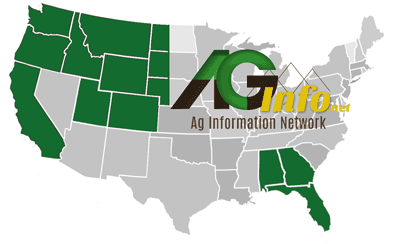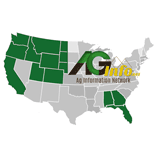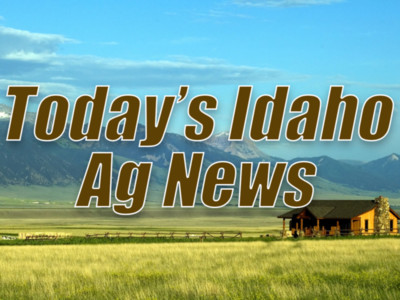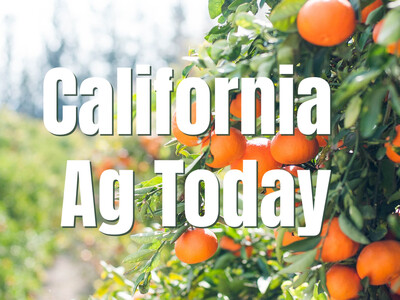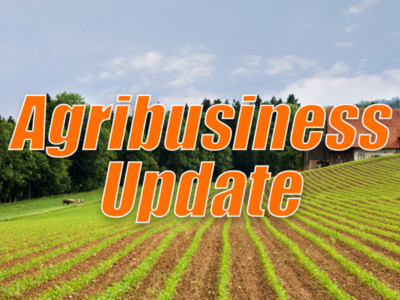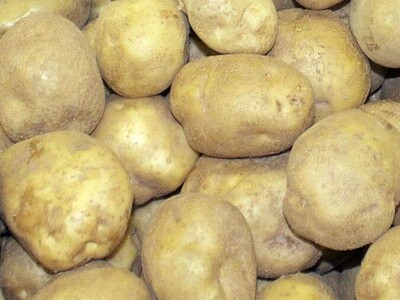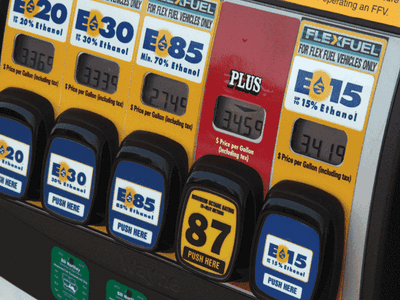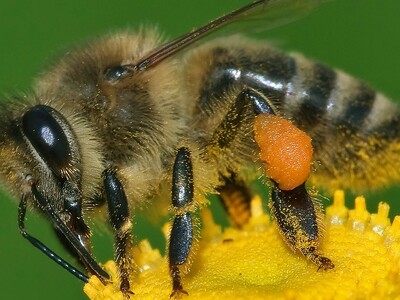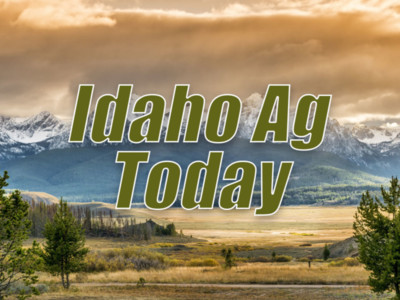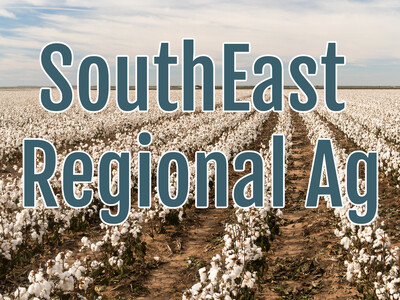1-22 IAN Input
We still have a way to go before the spring arrives but growers are still thinking ahead to preparing their fields. Fuel and fertilizer prices may have recently dropped a bit – but other input costs are still high for farmers and they may be looking for ways to cut back on operating expenses. According to Mosaic Agronomist Dr. Dan Froehlich - it's risky to make cuts to fertilizer programs. “The way they really need to look at this is like a checking or savings account. If your balance is high, you can draw from it without too many problems, but you have to realize that you will be drawing down that balance and at some point you’re going to need to replenish that. The big question is will it cost more to replenish it, build those levels back up in the future than it will cost now.”
